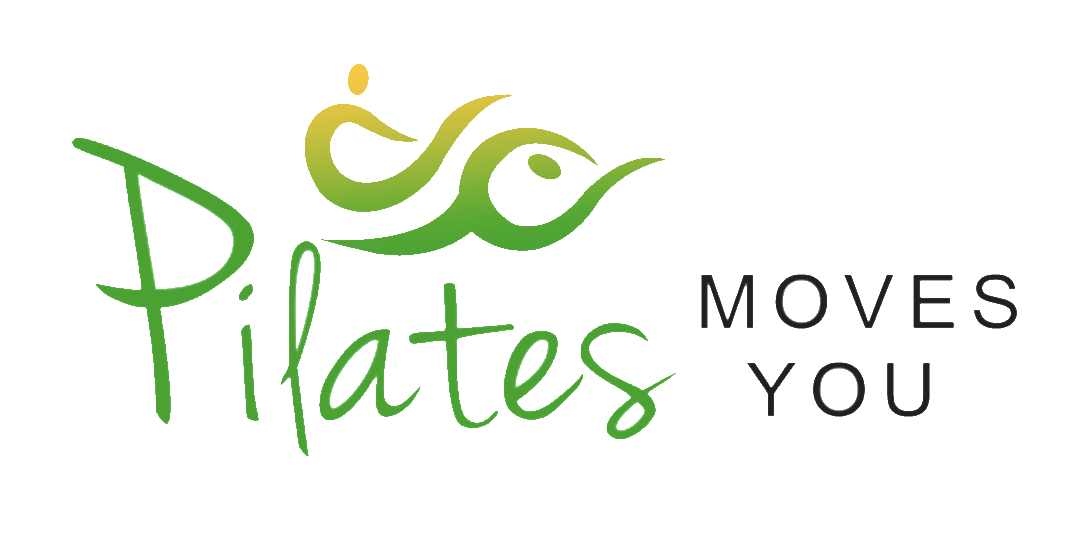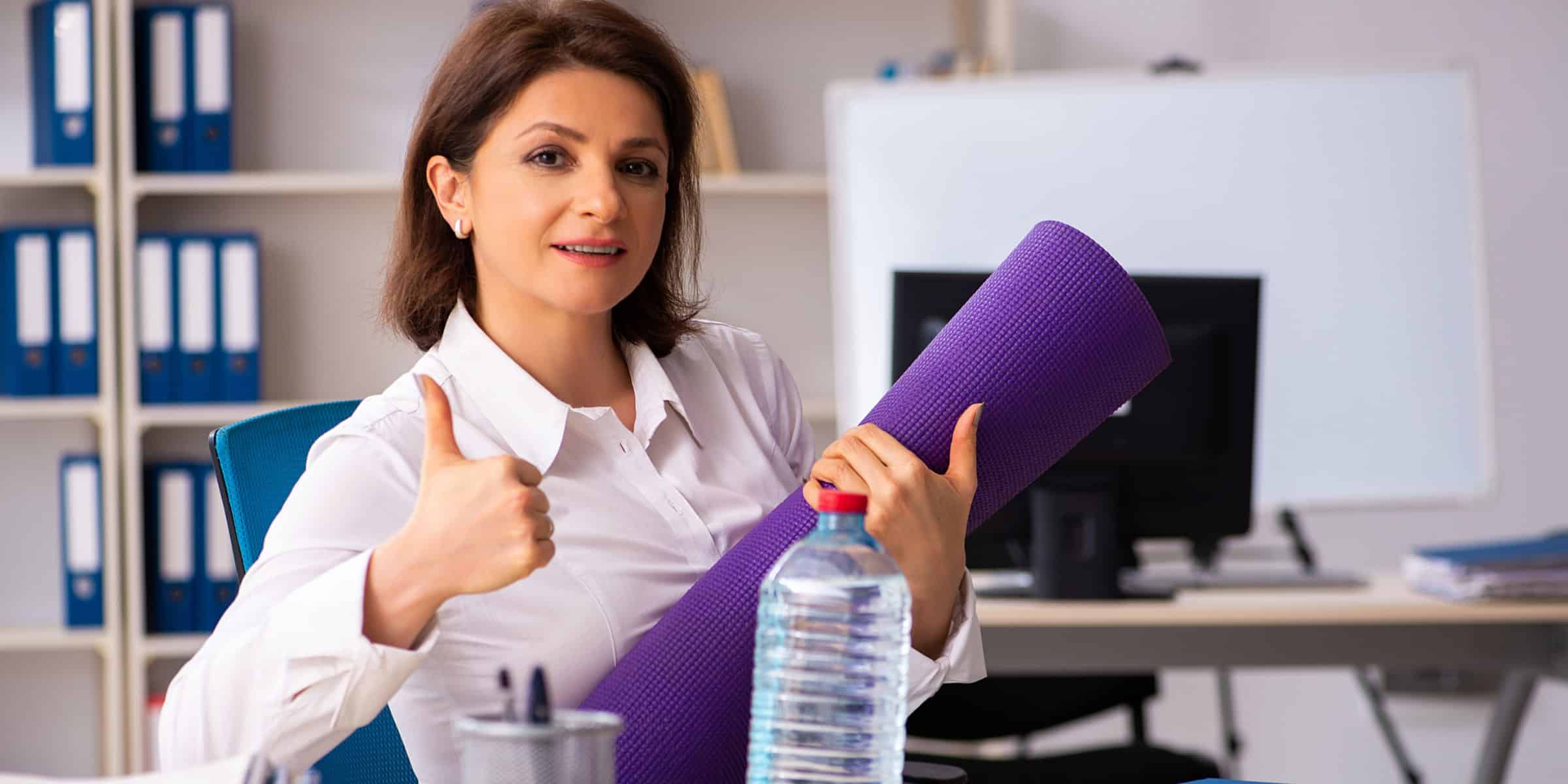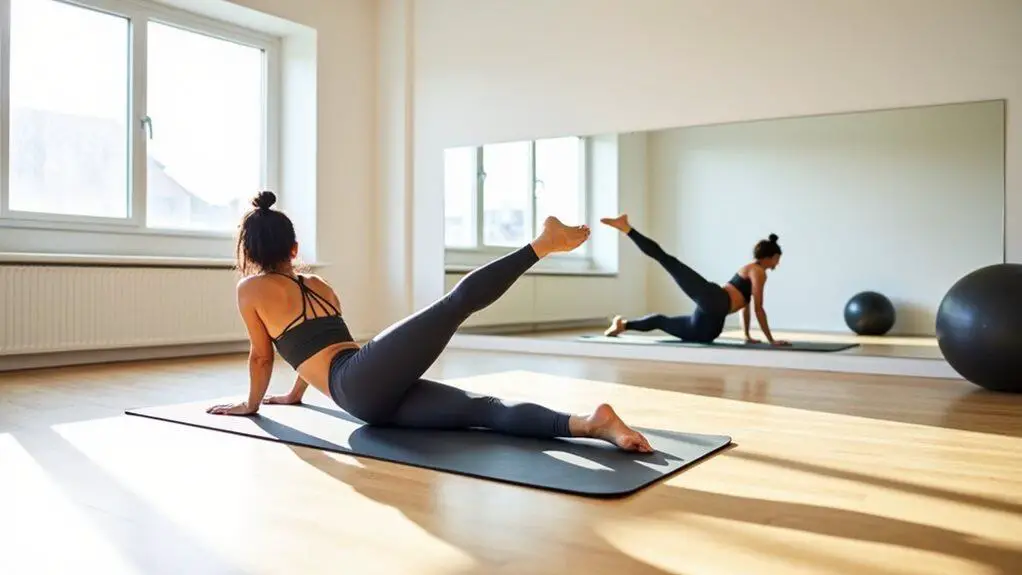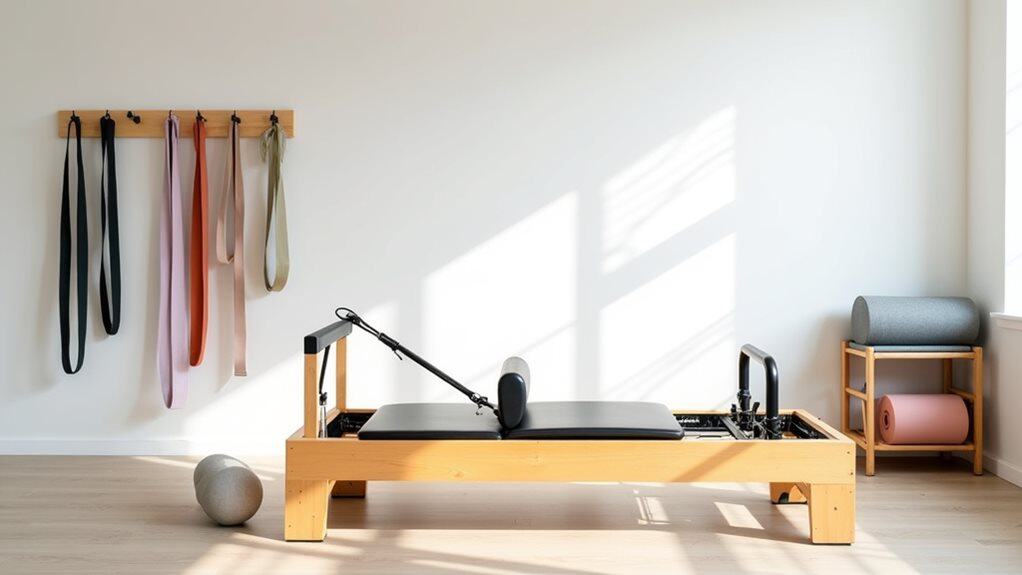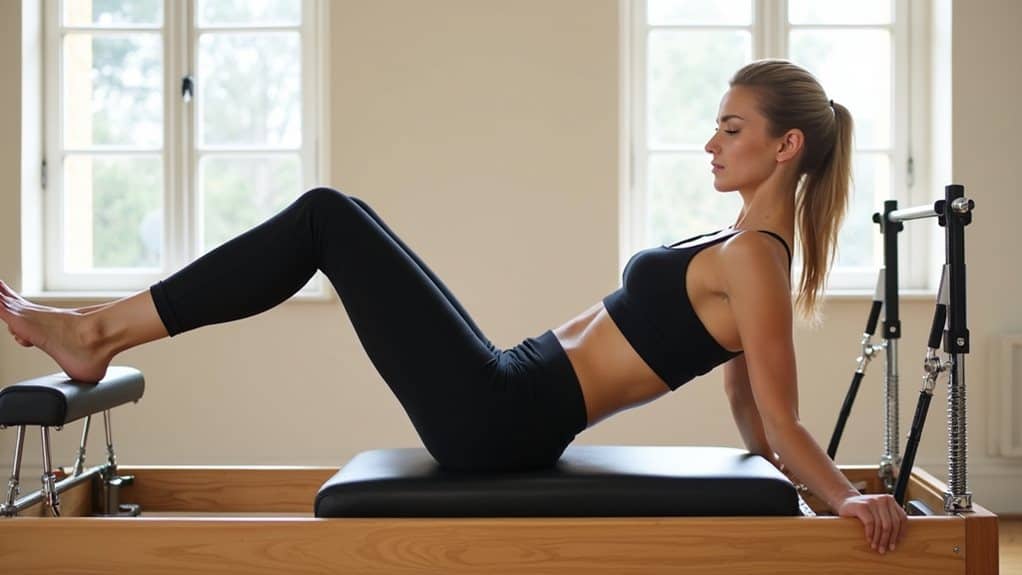In today’s fast-paced corporate world, countless professionals are tethered to their desks for hours. As the days meld into one another, the physical strain of prolonged sitting and repetitive motions can manifest as aches, pains, and stiffness.
To relieve desk job strain, office workers can practice Pilates exercises. Incorporate seated spinal rotations, chair cat-cow stretches, leg lifts, and scapula isolations. Regularly taking breaks to perform these movements can alleviate tension, improve posture, and enhance overall well-being.
While we might acknowledge the toll it takes on our bodies, finding time and means to counteract these ailments often gets relegated to the back burner. For those seeking a reprieve without venturing too far from their workstations, a solution might be closer than you think.
The Hidden Strains of Sedentary Work
The modern workplace, emphasizing technology and digital tasks, has led many professionals into a predominantly sedentary routine. But while sitting for extended periods might seem harmless or even comfortable at first, it slowly introduces many physical challenges.
- Posture Deterioration: Hours spent hunching over a keyboard or staring at a screen can lead to a forward head posture, rounded shoulders, and an arched lower back. These imbalances can strain muscles and ligaments, often resulting in chronic pain.
- Reduced Circulation: Prolonged sitting restricts blood flow, especially in the lower extremities. Over time, this can lead to swelling, numbness, and an increased risk of blood clots.
- Muscular Atrophy: Inactivity weakens and tightens certain muscle groups. Hip flexors can become shortened, while muscles like the glutes can weaken, affecting stability and mobility.
- Metabolic Changes: Being sedentary for long stretches is associated with a slower metabolism, leading to weight gain and an increased risk of conditions like type 2 diabetes.
- Mental Well-being: Physical health aside, constant desk work can impact mental health. Reduced movement can lead to feelings of lethargy, mood swings, and decreased motivation.
Addressing these hidden strains is crucial for physical well-being, productivity, and happiness. By integrating movement, like Pilates, into the daily routine, office workers can combat these sedentary challenges head-on.
Exercises to Alleviate Neck and Shoulder Tension
The continuous use of computers, smartphones, and even prolonged reading can often cause neck and shoulder tension. Pilates, known for its focus on alignment, balance, and core strength, offers several exercises tailored to relieve this tension. Here are some effective Pilates-inspired moves to ease the strain:
- Neck Rolls:
- Sit or stand tall, keeping your spine straight.
- Slowly drop your head to one side, bringing your ear towards your shoulder.
- Gently roll your head to the other side, creating a half-circle.
- Repeat several times in both directions.
- Shoulder Shrugs and Rolls:
- Inhale and lift your shoulders towards your ears.
- Exhale and roll them back down and around.
- Repeat in the opposite direction.
- This helps to lubricate the shoulder joints and stretch the trapezius muscle.
- Scapula Slide:
- Sit tall with your arms by your sides.
- Without lifting your shoulders, slide your shoulder blades (scapula) together, then apart.
- This move strengthens the rhomboid muscles and helps improve posture.
- Chest Opener:
- Sit or stand with arms extended to the side.
- Gently squeeze your shoulder blades together while taking a deep breath in.
- Exhale and release, allowing your chest to open and shoulders to stretch.
- Pilates “Saw”:
- Sit tall with legs extended wide.
- Extend arms to the sides at shoulder height.
- Twist your torso to one side, and reach your opposite hand towards the outside of the foot.
- Return to center and repeat on the other side.
- This not only alleviates tension but also promotes spinal rotation.
Regularly incorporating these exercises into your daily routine can address the strain caused by desk-bound tasks. They provide immediate relief and, over time, can help prevent the build-up of tension and maintain flexibility in the neck and shoulders.
You are strengthening Your Core While at the Desk.
A strong core is integral to maintaining good posture, reducing back pain, and improving overall movement efficiency. Opportunities to engage and strengthen the core may seem limited for those confined to desk jobs. However, with a little creativity, you can integrate effective Pilates-inspired exercises right at your workstation:
- Seated Pelvic Tilt:
- Sit tall on the edge of your chair, feet flat on the ground.
- Inhale deeply, arching your lower back slightly (anterior tilt).
- Exhale, tuck your pelvis under, and round your lower back (posterior tilt).
- Repeat this motion, focusing on engaging your deep core muscles.
- Desk Plank:
- Stand facing your desk, and place your hands shoulder-width apart on the desk surface.
- Walk your feet back until you’re at a slight incline, resembling a plank position.
- Engage your core, ensuring your body forms a straight line from head to heels.
- Hold for 20-30 seconds, gradually increasing over time.
- Seated Leg Lifts:
- Sit upright with both feet on the floor.
- Engage your core and lift one leg off the ground, keeping your knee bent.
- Hold for a few seconds, then switch legs.
- To increase intensity, straighten the lifted leg and hold.
- Oblique Twists:
- Sit tall, holding a water bottle or a small weight at chest level.
- Keeping your hips stationary, rotate your torso to one side, engaging your obliques.
- Return to the center and rotate to the other side.
- Ensure the movement is controlled and originates from the waist.
- Chair Scoot:
- Sit on a chair without wheels, feet flat on the ground.
- Place your hands on the armrests or sides of the seat.
Engage your core and lift your hips off the chair, scooting forward using only your core strength. - Return to the starting position and repeat.
When performed regularly, these exercises strengthen the core and break the monotony of prolonged sitting. They offer a practical approach to integrating fitness into the workday, paving the way for better posture, reduced discomfort, and enhanced work efficiency.
Maintaining Flexibility and Posture: Quick Pilates Stretches
Pilates emphasizes the importance of alignment, elongation, and fluidity of movement. Integrating Pilates stretches into their daily routine can be a game-changer for office workers, helping combat the stiffness and posture problems that arise from prolonged sitting. Here are some quick Pilates-inspired stretches that can be seamlessly incorporated into any workday:
- Spinal Stretch Forward:
- Sit on the edge of your chair with feet flat and legs hip-width apart.
- Inhale deeply, sitting tall. As you exhale, hinge forward from your waist, leading with your chest and keeping your spine long.
- Reach your hands towards the floor, feeling the stretch in your back.
- Inhale to roll back up slowly.
- Seated Spine Twist:
- Sit tall with your feet firmly on the ground.
- Inhale, lengthening your spine, and gently twist your torso to one side as you exhale.
- Hold a few breaths, then return to the center and twist to the other side.
- Lateral Side Stretch:
- Sit or stand upright.
- Inhale and extend one arm overhead. As you exhale, bend laterally to the opposite side, feeling a stretch along the side of your body.
- Inhale back to center and repeat on the other side.
- Hip Flexor Stretch:
- Stand beside your chair and place one foot on the seat.
- Push your hips forward gently, keeping your upper body upright. You’ll feel a stretch in the front of the hip of the leg that’s down.
- Hold for a few breaths and switch sides.
- Wrist and Forearm Stretch:
- Extend one arm before you with the palm facing up.
- With the other hand, gently press down on the extended hand’s fingers, stretching the wrist and forearm.
- Switch sides after holding for several breaths.
Office workers can greatly improve their flexibility, posture, and overall comfort by dedicating just a few minutes every hour to these stretches. Furthermore, these stretches serve as mini-breaks that refresh the mind, boost circulation, and increase productivity and well-being.
